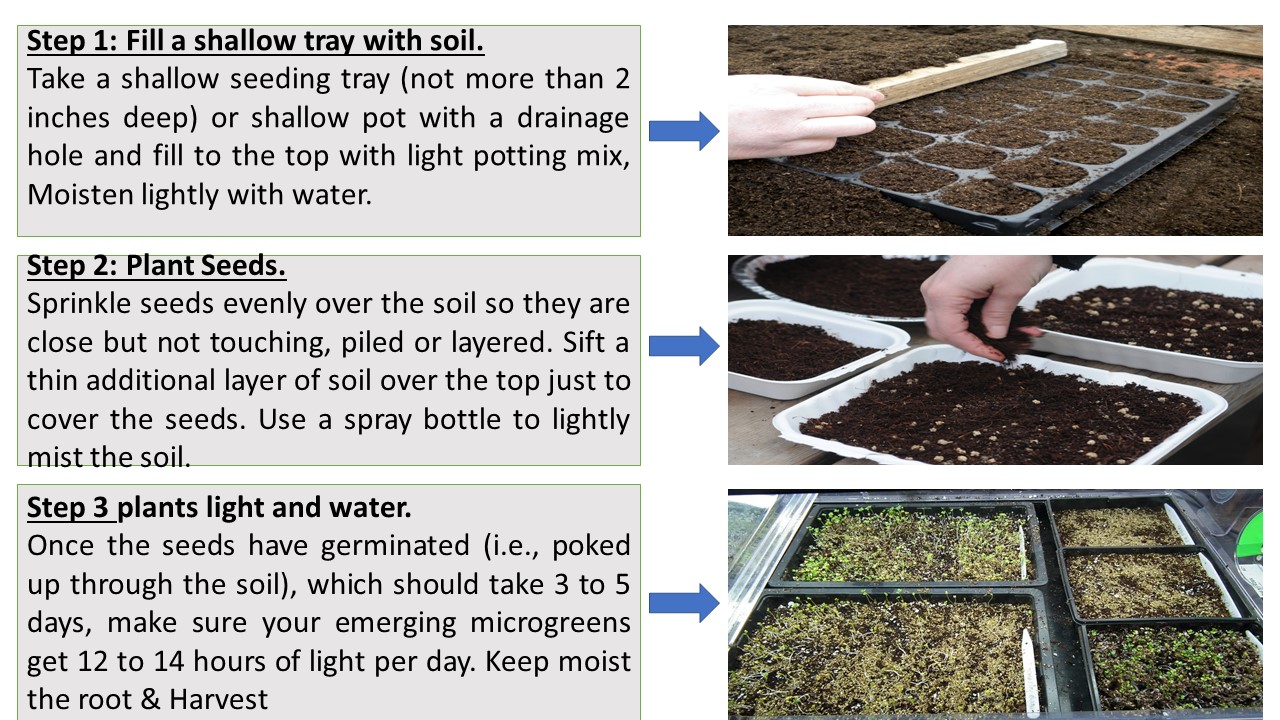Microgreens: A Guide to Growing Nutrient-Dense Young Shoots
Grow your own microgreens
Microgreens are small vegetables are young shoots which are harvested typically 5 to 20 days after germination, when they only measure a few centimetres high. Microgreens are simply greens, lettuces, and herbs that are harvested when they are quite young—generally when they are approximately an inch tall. Microgreens are highly intense in flavour and in nutrients
concentration of nutrients inside microgreen leaves is highly superior from the concentration you can find in mature plant leaves. It has been found in the research that the microgreen are excellent providers of vitamins and carotenoids, much more even than their mature counterparts.

At this stage, most of the microgreens are formed of a central stem, two developed “cotyledon” leaves and sometimes a second pair of young “true” leaves. Most of the time the shape between cotyledon and young true leaves is quite different. For many herbs and vegetables, it’s possible to eat their equivalent as microgreens, like coriander, basil, mustard rocket or radish
What are main the differences between microgreens and the full-grown vegetables?
As we have all been taught when we were little, we should eat our greens. Most of the nutrients, needed for the well-being of our body are found in fruits and vegetables: such as vitamins, carotenoids, antioxidants, fibres and minerals.
Difference Between Microgreens, Sprouts and Baby Greens
| Sprouts | Microgreens | Baby greens |
| A sprout is a shoot that emerges from a recently germinated seed, and is the beginning of the life cycle of the plant for a growing season. After a seed is planted and receives water, it begins to swell and germinate, and within a few days the first sprout of new growth emerges from the soil. The sprout will then “harden” in the sun and begin the growth cycle. | Microgreens are small vegetables are young shoots which are harvested typically 5 to 20 days after germination, when they only measure a few centimetres high. Microgreens are simply greens, lettuces, and herbs that are harvested when they are quite young—generally when they are approximately an inch tall. | Baby greens are just that—babies. Baby greens like spinach, kale, and arugula are harvested when they’re 15 to 40 days old, as opposed to 45 to 60 days, for a more immature leaf. They’re more tender and, in their youthful state, automatically bite-sized. |
 | 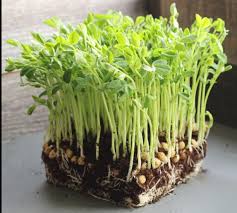 | 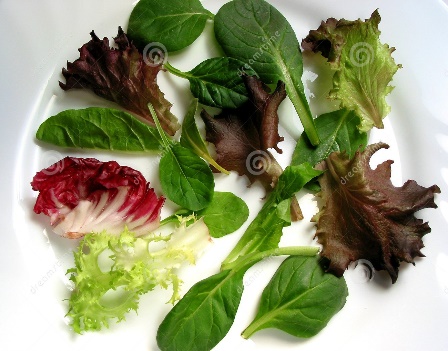 |
What we can Grow as a Microgreen?
Plants offer different flavors and textures at every stage of growth. Miniature vegetables, herbs and greens in our microgreen size pack a punch of flavor that can be used to add complexity of flavors or simply enhance a dish with their aroma, texture and visual appeal.
we can grow any lettuce, salad green, or herb as a microgreen. Here are a few popular varieties to grow as microgreens:
- Spinach
- Basil
- lettuce
- Radish greens
- Watercress
- Mizuna
- Mustard
- Kale
- Endive
- Arugula
- Beet greens
- Peas
- Cabbage
Example of Microgreens
| Arugula microgreen: – Farm-fresh arugula leaves taste nutty at the beginning with nice notes of sweetness, then develop a salty-peppery-spicy flavor at the end. This spicy, bitter green is extremely popular at restaurants. It takes about ten days for arugula to go from seed to harvest microgreens. |
| 
|
| Beets microgreens is earthy and a little bitter, baby beet greens are treasured for their vibrant red stems, which lend a sexy, bold look to a composed dish. |
|  |
| Swiss Chard microgreens-Colorful, with a subtle and versatile flavor, chard is a super-popular microgreen among chefs. |
|  |
| Carrot microgreen -Subtly sweet, petite carrot tops are one of our favorite ways to lend some lovely flavor and flair to a dish. But let’s be clear—compared to other microgreens, these babies grow slowly. |
| 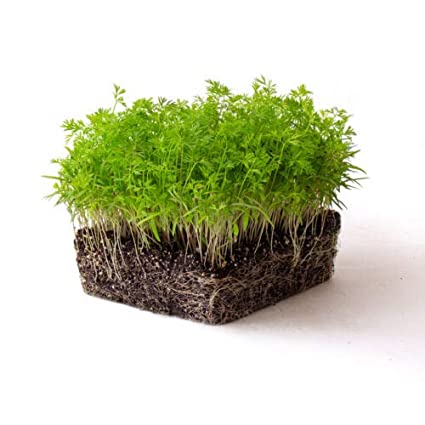 |
| Water cress microgreens-Curled water Cress Microgreens have a strong peppery taste that mellows as it grows larger. Nutrients: Vitamins B, C, and K, folic acid, and fiber |
|  |
| Mustard Microgreens grow quickly and uniformly like most brassicas in the right conditions, it has bold mustard flavor with spice Nutrients: antioxidants, fiber, Vitamins A, C, E, and K |
|  |
| Radish microgreens are very popular with foodies and home microgreen growers. Radish microgreens are also packed with vitamins and vital nutrients. |
|  |
| Mizuna (aka Japanese Mustard, is a mild-peppery green with a flavor similar to a weaker form of Micro-Tatsuoi. Mizuna microgreens are a more tender young version of the plant. |
|  |
| Kale microgreens are simply young versions of the same plant. Kale microgreens are perfect for adding to a salad, sandwich, or even eating by themselves. They also make a great garnish for nearly any dish. |
|  |
| Endive microgreens is a pleasant light green color and has a slight bitter taste that makes a nice contrast to strong flavors like sweet, salt and spice. It has mild and contrasting bitter flavour |
| 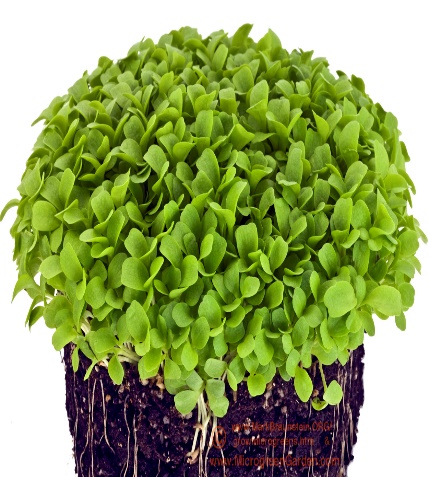 |
| Peas shoot microgreens– are the easiest microgreens to grow and they are the second most popular microgreens right after sunflower microgreens. |
| 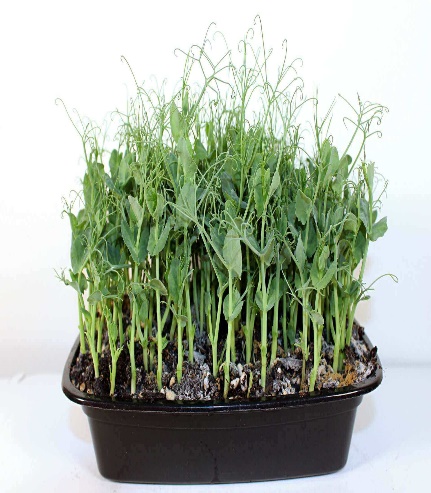 |
| Red cabbage microgreens-Red Packed with antioxidants, amino acids, and key vitamins, the dietary benefits of red cabbage. |
| 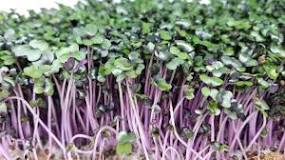 |
How to Grow microgreens at Home
- The ideal soil for growing all kind of microgreens is Organic potting soil. The microgreen seeds should be planted in the potting soil in maximum of 2-inch depth and the container sizer can vary.
- Scatter the seeds so that they are about 1/8- to 1/4-inch apart, and cover with 1/8 inch of soil. Water gently but thoroughly and place your container in a spot where it will get at least four hours of sunlight.
- Microgreens are very easy to grow. it can grow in a garden bed or containers inside house where sun lights come.
- The ideal temperature require for the best growth of microgreens is 75-85-degree F
- Do not let the soil dry out and be sure to remove any weeds so that the tiny greens don’t have to compete with them for water and nutrients. For containers, mixing in a bit of granular organic fertilizer to the soil.
- The best time to harvest microgreens is when they’ve developed the first set of true leaves, which is generally about 10 days to two weeks after planting.
